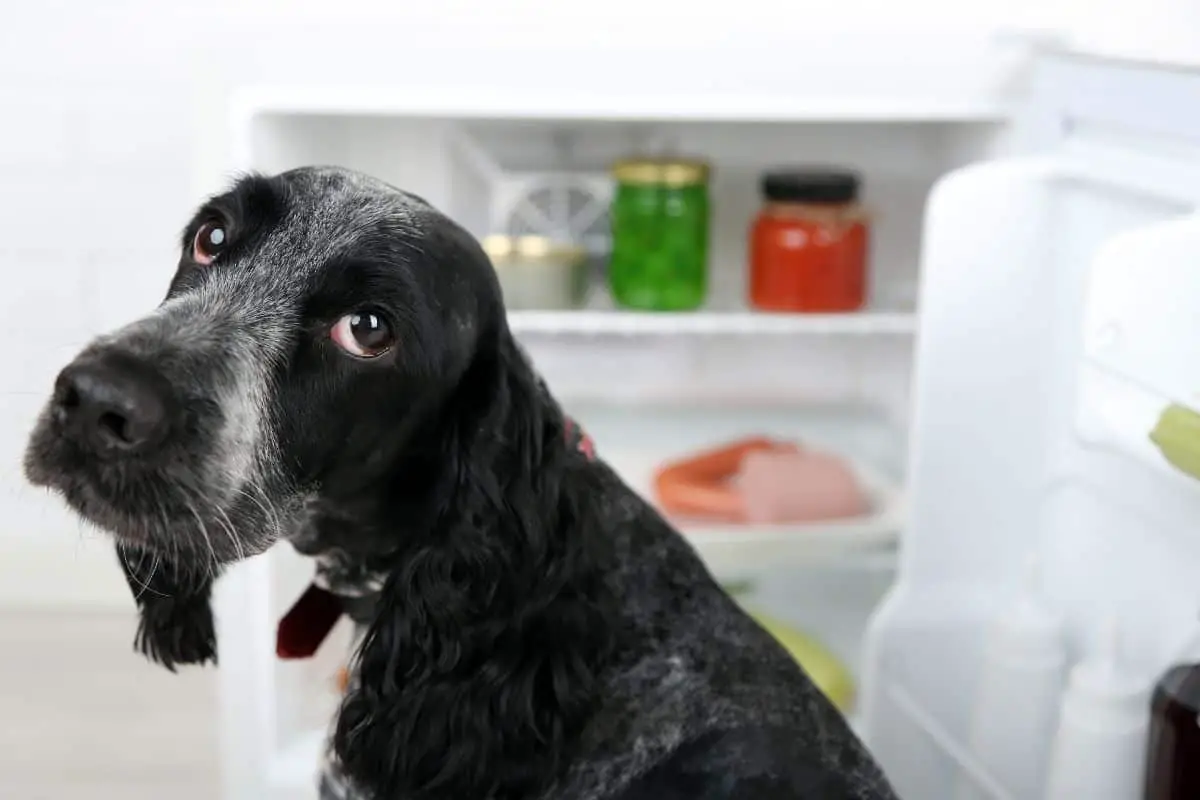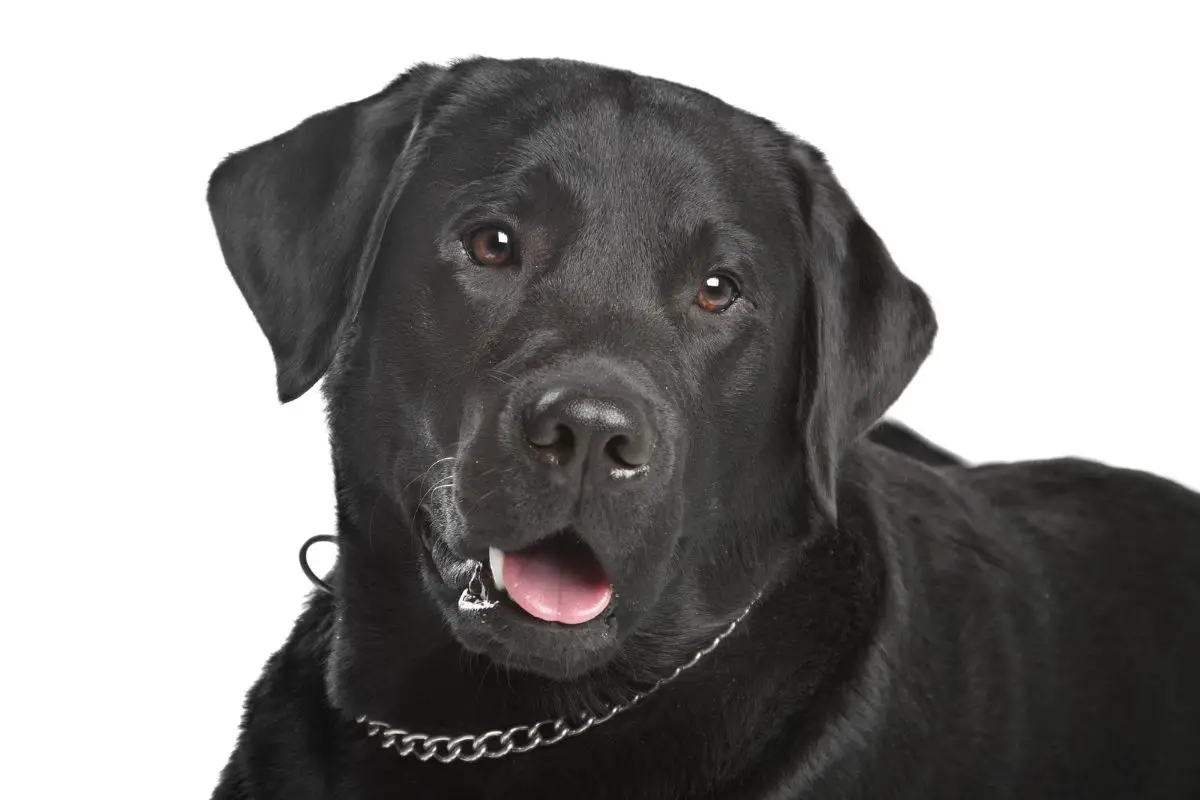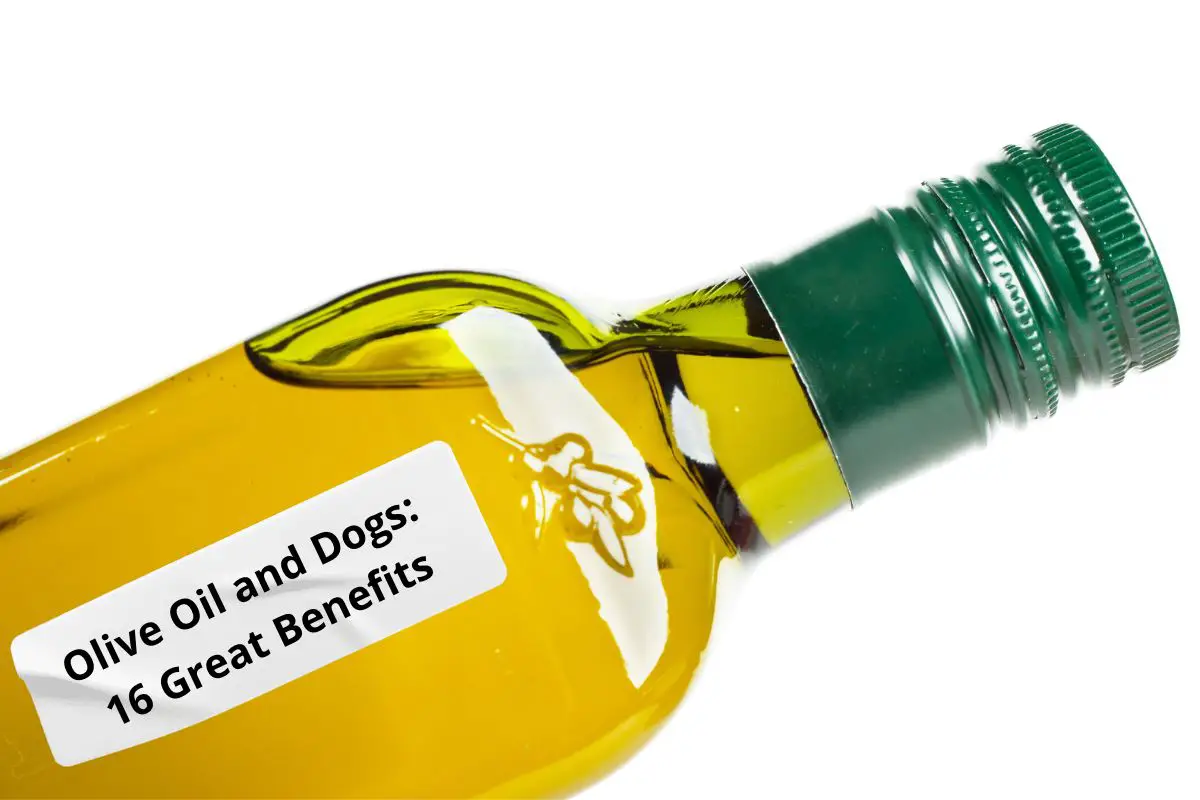This post contains affiliate links.
If you feed your dog canned dog food, did you know that you need to refrigerate it once opened? Canned dog food is no different from food for human consumption in that proper storage is crucial. While that may surprise you, there are several reasons why canned dog food needs to be refrigerated.
Canned dog food needs to be refrigerated because it limits bacterial growth and foodborne illness (like salmonella), keeping the food safe to eat. It also keeps pests like cockroaches and flies away, prevents food spoilage caused by oxygen exposure, and saves you money (reuse unfinished cans).
If you haven’t been refrigerating your opened canned dog food, don’t feel bad. Proper storage of pet food is easily overlooked. So, for the sake of both you and your dog, we’ve provided more detail below on seven reasons why canned dog food needs to be refrigerated.
Table of Contents
Refrigeration Limits Bacterial Growth
When it comes to food for human consumption, food safety is something with which you’re probably already familiar.
So, if you have a half-used can of meatballs, naturally, you’ll store it in your refrigerator. You do that because it keeps food fresh, usable, and safe to eat. You wouldn’t keep it at room temperature. That’s because you know that it could spoil or become contaminated with bacteria, making it inedible or unsafe to eat.
Canned dog food is no different from the canned food you eat when it comes to harmful bacterial growth. It’s all food to the bacteria.
Leaving opened canned dog food at room temperature provides the ideal conditions for harmful bacteria to grow.
Remember, canned dog food is moist, and bacteria love moisture. If left at room temperature, say 68°F (20°C), you’ll be making those bacteria deliriously happy.
That’s because room temperature is right in the range at which harmful bacteria will grow. As explained in the following video, that’s the so-called danger zone for bacterial growth between 41°F to 135°F (5°C and 57°C):
So, moist food left out at room temperature is a playground for harmful bacteria, even more so when temperatures rise.
As in us humans, harmful bacterial growth on food can make your dog sick. No one wants that for their furry friend, even if they may be more of a fiend at times.
You might have heard that you can safely leave canned dog food out for up to four hours once opened. However, as room temperatures can vary, it’s sensible to err on the side of caution. Refrigerate an open can once you’ve removed what you need.
At temperatures below 40°F (4.5°C), which is where your fridge temperature should be, harmful bacteria become dormant.
Keeping your dog safe is the number one reason why you should refrigerate canned dog food once opened.
Refrigeration Helps Avoid Food-Borne Illness in Humans
Surprising as it may seem, you can pick up food-borne illnesses from your dog. It’s not from eating contaminated pet food, although that will do it.
The problem is that even if your dog doesn’t show any symptoms of a food-borne illness, it can still be a carrier. So, anyone coming into contact with their dog’s stools, fur, or saliva is at risk of becoming infected. Infected dogs can spread the bacteria as they roam around the house.
You can also pick up food-borne bacteria, like salmonella, from handling infected food.
Children, pregnant women, and seniors are especially susceptible to infection. For some, regardless of age or other factors, food-borne illnesses can be fatal.
So, apart from harming your dog, not refrigerating canned dog food once opened can also pose a risk to human health.
Refrigeration Keeps Food Fresh and Tasty for Longer
If you leave an opened can of dog food unrefrigerated, those moist, tasty chunks that your dog loves will dry out.
While it may still be okay to eat if it hasn’t been left out for too long, your dog may not take the same view. Some dogs are fussy eaters, much like some humans, and if their food isn’t in perfect shape, they might just be inclined to leave it alone.
Even if they eat it, they won’t thank you for it. Like human food, its texture and taste might have changed, and the food may be less palatable and enjoyable. After all, how much would you enjoy eating a dried-out steak when you were looking forward to something tender and juicy?
Refrigerating canned dog food will also keep your dog’s food palatable, not just edible.
Refrigeration Avoids Spoilage
The longer you keep canned dog food unrefrigerated, the greater the risk of the food becoming spoiled. That’s when food moves beyond being unpalatable and becomes inedible.
Opened canned dog food will spoil because it’s exposed to oxygen, air, and temperatures that encourage the growth of spoilage organisms like molds.
Spoilage can also affect the smell and taste of the food. At that stage, even the least fussy pooch will likely turn its nose up at it.
While food that’s simply spoilt won’t necessarily harm your dog, it can have other consequences, as you’ll see next.
Refrigeration Avoids Costly Wastage
Okay, you might be thinking that food spoilage isn’t a problem because it isn’t harmful to your dog, and your dog won’t eat spoiled food anyway. So, no animal was harmed in the making of this doggy food waste.
However, it will hurt you — in the pocket. That could add up to a big ouch if it happens regularly.
If you were to add up the cost of such wastage over time, you might get a shock. You’ll quickly come around to the view that the small extra effort needed to refrigerate canned dog food is more than worth it.
Refrigeration will slow down the processes that cause spoilage and reduce waste. That means you’ll need to buy less dog food, saving you money for other things.
A Hungry Dog May Seek Out Other Bad Food Sources
Okay, you have money to burn, so the financial impact of doggy food spoilage won’t hurt you, and since your dog won’t eat spoiled food, it won’t harm him. So, you’re happy not bothering to refrigerate your canned dog food.
Well, while spoiled food may not directly harm your dog, it could do so indirectly.
You see, if your dog is rejecting the food you put down because it’s spoiled, he’ll look for other food sources that might cause illness.
You could turn your dog into a dumpster diver. While you may not have wanted the food in your garbage cans, it may still be palatable to your hungry canine.
However, especially in high temperatures, the food you’ve put in your garbage can may be unsafe to eat. Cast your mind back to the first section above on bacterial growth if you need reminding, or easier still, just scroll back up to it.
It’s not only what you’ve put in your garbage that will tempt your dog. Some dogs seem to enjoy eating poop. While it may be for some health reason, one likely cause is that they’re underfed.
The trouble is, poop-eating can cause illness if the poop is infected with bacteria or parasites.
Feeding your dog food from a freshly opened can or one that’s been kept fresh by refrigeration will keep it from being hungry. In turn, it’s less likely to develop a poop-eating habit due to underfeeding.
Refrigeration Reduces the Risk of Attracting Pests
Just as human food can attract pests, so does an opened can of dog food if stored inappropriately.
As well as keeping your canned dog food at an appropriate temperature, a refrigerator also provides secure storage. That helps keep pests away.
Leaving opened canned dog food on your countertop, for example, is like an open invitation to a pest party. Whether it’s flies, cockroaches, or rodents, you’re really creating a real dog’s dinner for yourself.
Storing your canned dog food in the refrigerator will kill two birds with one stone. It will keep the food fresh and tasty for your dog to enjoy, and it’ll keep it away from the prying eyes and noses of pests.
Conclusion
Refrigerating opened canned dog food will keep both your dog and your family safe from food-borne illnesses. Not only that, but you’ll also save money and reduce the risk of attracting pests into your home.
Of course, it takes extra time and effort to do this, but it’s worth it.
And as we all know, seeing our dogs are happy and healthy is a pawsome feeling.
Related Articles
- A Dog Owner’s Guide to Canned Dog Food and Diarrhea
- Canned Dog Food vs. Homemade (Which Is Best?)
- Canned Dog Food vs. Freeze-Dried Dog Food Compared
- 4 of the Best Places To Store Canned Dog Food
- A Guide to Heating Canned Dog Food (How and Why To Do It)
- Common Ingredients of Canned Dog Food Revealed
Sources
- Mississippi State Department of Health: Basic Food Safety
- Pet Wellbeing: What Did He Eat? Signs Your Dog Has food Poisoning
- FDA: Are You Storing Food Safely
- Food Safety News: Pet Food Safety: When Pet Food Makes Pets and Humans Sick
- FDA: Get the Facts About Salmonella
- Wag Walking: Salmonella Infection in Dogs
- Wag Walking: Causes of Salmonella Infection in Dogs
- Sig Fox: What Happens When Food isn’t Stored Properly?
- Wikipedia: Food Spoilage
- Michigan State University: Food Spoilage and Food Pathogens, What’s the Difference?
- PetMD: Can Dogs Get Food Poisoning?
- Dogs Naturally: 16 Reasons Dogs Eat Poop and What to Do About It
- American Kennel Club: Why Dogs Eat Poop and How to Stop It
- Reader’s Digest: 13 Things in Your House That Are Attracting Pest Right Now
- Word Histories: The History of “Dog’s Breakfast” and “Dog’s Dinner”
Mrdogfood.com is a participant in the Amazon Services LLC Associates Program, an affiliate advertising program designed to provide a means for sites to earn advertising fees by advertising and linking to Amazon.com. We also participate in other affiliate programs which compensate us for referring traffic.




